Outdoor digital signage specialists Armagard have produced a unique custom video wall enclosure for the UK’s first urban cable car transport system. Opened on the 28th June 2012, the Emirates Air Line connects the O2 Arena in Greenwich, with the Excel Exhibition Centre at the Royal Docks on the opposite side of the Thames. The cable car is the first of its kind in the UK, which sees London join cities such as San Francisco and Barcelona to have a cable car system in the city. Transport for London, which is operating the cable car service, say it is designed to carry more than 2,000 people across the Thames an hour, and will provide an alternative transport link across the Thames.
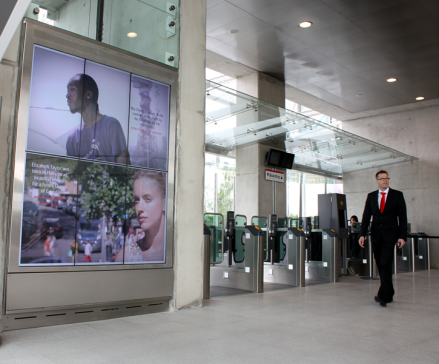
Digital signage
As with all transport systems, the Emirates Air Line requires communication to provide customers with important information, such as the opening hours, ticket prices and details of local events and news. Being a modern state-of-the-art transport system, it is only fitting that the Emirates Air Line installed a digital signage system to provide a contemporary messaging system. As the cable car terminals will see thousands of people a day come through the doors, the system also needed to be robust and able to cope with variable temperatures.
The operators turned to Armagard, leading providers of outdoor digital signage systems, because they have provided similar systems for other transport systems, such as the Thames Ferry Service and the New Delhi Metro. Armagard have been producing digital signage systems for years and have experience with some high profile projects, such as providing digital signage enclosures for the Ukrainian Olympic Stadium, which played host to Euro 2012. For the Emirates Air Line project, Armagard came up with a custom solution designed specifically for the needs of the Emirates Air Line terminals.
Video walls
The requirements for the video wall enclosures for the Emirates Air Line posed some significant challenges for Armagard. The operators wanted two ground wall video walls in each terminal, a larger expansive system and a smaller version. The larger screen was much bigger than typical digital signage screen systems, and as it needed protection, it required a steel enclosure that would protect the video wall from physical impact and provide environmental protection against the varying temperatures experienced at the terminals.
As there was a risk of moisture penetrating the video wall, due to them being in a semi-outdoor location, they not only needed waterproofing, but also needed to be made from a material that was not susceptible to corrosion. Furthermore the operators required two different sized solutions to accommodate two different sized video walls. It was important for any solution to look modern, attractive and stylish in keeping with the aesthetics of the Emirates Air Line terminals, Armagard’s design was just that, and was built to last and provide value for money.
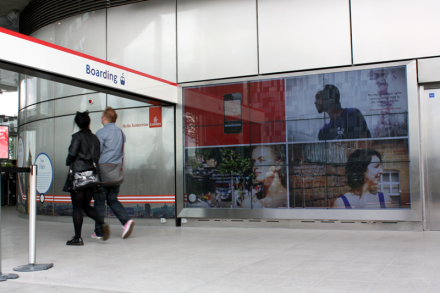
Enclosure
Armagard opted to manufacture the video wall enclosures using stainless steel grade 316. This material is not only tough and able to withstand severe impacts, but also it is corrosion proof, so won’t rust, no matter how much water it comes into contact with. Using this material for the project, however, did pose some challenges.
Firstly, the steel was a heavier gauge material than Armagard normally manufacture enclosures out of, as it had to accommodate a very heavy glass screen. The weight of the glass screen for the larger video wall was approximately 234 kgs, which is very nearly a quarter of a tonne. This glass took 12 weeks to manufacture, and was made especially for this project. It consisted of two 6 mm thick float glasses laminated together, giving it a total thickness of 12.8 mm, which provided a tough and durable solution. The glass was bonded on to the steel and then clamped in place using clamp bars.
Because of the size of the video wall, some of the enclosure parts would not fit on any existing bending machine, which meant they had to be manufactured in pieces and assembled together. This could have resulted in the heat from the welding warping some of the parts, so Armagard developed a technique to relive the heat stresses by clamping and locally cooling the units for several hours after fabrication.
To ensure the video walls didn’t overheat, the enclosures had to accommodate a cooling system to transfer away the heat generated from the screens. A series of axial flow fans were used in combination with cross-flow fans, which also kept he screen surface cool preventing any hot spots causing damage to the screen face. Overall, the large video wall came in at a total weight of 457 kgs, half of which was the weight of the glass. Because the smaller video wall had a solid back, this was much heavier, with a total weight of 861 kgs.
Why Digital Signage
In today’s age of digital media, signage systems such as the one used by the Emirates Air Line are the preferred solution for all sorts of out of home communication and messaging systems. Digital signage has several distinct advantages over other forms of mass communication, which makes it a flexible and dynamic system, ideal for all sorts of messaging, from advertising to information provision.
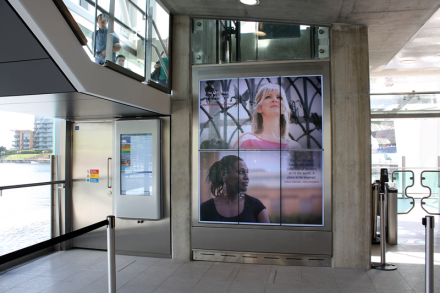
Firstly, digital signage is a far more engaging method of communicating with people compared to static signage, public address systems or other information systems. With modern High Definition screens, the ability to use moving imagery, content leaps out at people and grabs their attention. Compared to static posters, digital signage receives far more notice, which is one of the reasons digital signage screens are being found in all sorts of locations, from transport hubs such as the Emirates Air Line, to shopping malls, department stores and even bus shelters.
Secondly, digital signage is a truly dynamic form of media. Content can be instantly uploaded so people can watch brand new videos and photos, and for a transport system, this means enhancing the passenger’s travel experience.
Finally, digital signage screens are extremely flexible. The same screen can not only provide important information, but also the content can be interlaced with advertisements and even entertainment to provide and additional income and keep waiting customers occupied.
The Emirates Air Line
The Emirates Air Line is the first urban cable car to open in the UK. It provides an unrivalled 360-degree view of the London skyline. The cable car operates seven days a week, taking passengers from the Royal Docks, across the Thames, to the Greenwich Peninsula.
At a height of 300 feet, passengers get a fantastic view, as well as being transported across the Thames quickly and conveniently. During rush hour periods, the trip across the river takes just five minutes; however, throughout the rest of the day, the cable car slows down and takes ten minutes, to provide customers with a more sedate journey.
About Armagard
Armagard have been providing digital signage solutions for many years and the Emirates Air Line is the latest in a long line of high profile projects the company has secured in recent years. Armagard have provided transport hubs such as the New Delhi Metro and Thames Ferry Service with digital signage protection, along with providing digital signage enclosures to the Ukrainian Olympic Stadium, which played host to the 2012 UEFA cup.
Digital signage enclosures from Armagard are designed to operate in all sorts of locations and provide protection against impacts, the elements and variable temperatures. Armagard use high quality materials to provide robust, secure and weatherproof enclosures that can be used in all sorts of challenging locations, from extremely cold conditions where screens have to be kept warm to prevent freezing, to high heat locations where cooling is required to prevent overheating.
Armagard enclosures are also physically tough. Made from steel with shatterproof screens, Armagard enclosures have been used in all sorts of rugged locations from ape houses in zoos to factory floors. The enclosures are also waterproof and built to European IP (Ingress Protection) guidelines to prevent any exterior elements from penetrating the enclosure and damaging the screen.
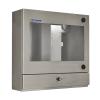
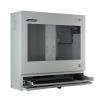
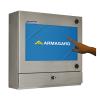
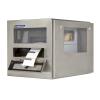
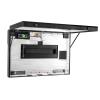
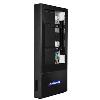
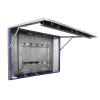
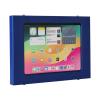
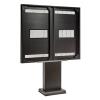
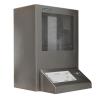






Comments are closed.